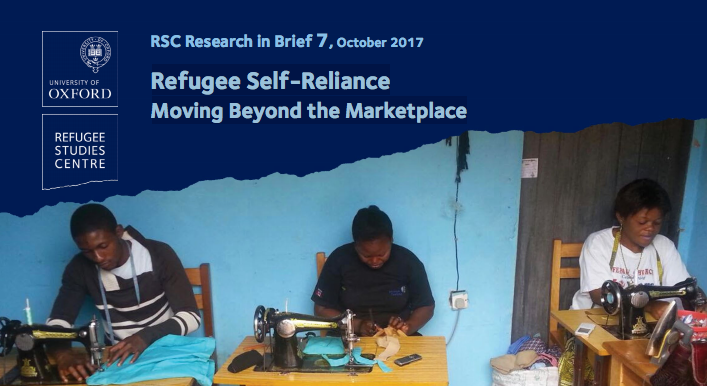How do we measure refugee self-reliance?
Amy Slaughter and Kellie Leeson
Although self-reliance has been promoted as a major assistance strategy for refugees in recent years, there have been limited attempts to rigorously measure it. This has practical and academic implications, as studies on refugee self-reliance use varying and often imprecise indicators, meaning it is impossible to compare the success of refugee self-reliance across contexts and strategies. Instead, most humanitarian work is measured according to specific sectoral outputs or outcomes over the course of a six-month or one-year project cycle. While self-reliance is often highlighted as a priority, few, if any, agencies are held to this goal, and this is in large part because self-reliance is not measured. Continue to read (page 5).
You can also learn more about the related work of Women’s Refugee Commission (WRC) here: https://www.womensrefugeecommission.org/wellbeingindex/
Nearly two years ago we discovered that WRC and RefugePoint were working to develop similar measurement tools and decided to join forces — and invite others to join us — to create common measures for the field.
